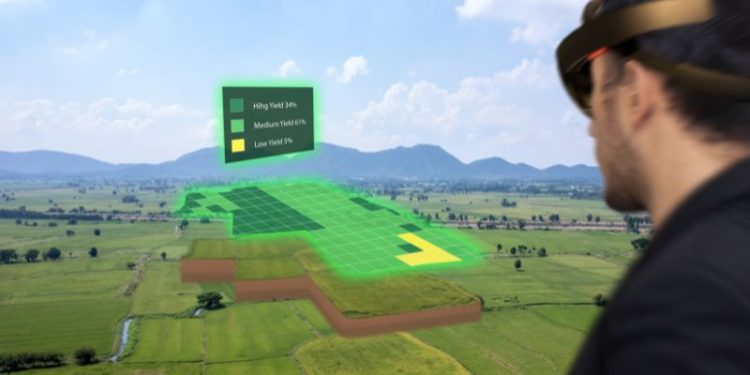Leveraging AR Technology for Precision Agriculture in Potato Farming
Augmented Reality (AR) technology is poised to revolutionize potato farming by enhancing efficiency, sustainability, and productivity across the agricultural value chain. This transformative technology enables farmers, agronomists, and agricultural stakeholders to visualize crucial data and insights hands-free, significantly improving decision-making processes and operational outcomes.
AR applications in agriculture extend beyond traditional methods, offering immersive training simulations, real-time guidance for field tasks, and precise diagnostics for crop and soil health. This capability not only optimizes resource management but also supports environmental sustainability by minimizing the ecological footprint associated with agrochemicals and irrigation.
Aoife McGurk, Associate Thematic Intelligence Analyst at GlobalData, emphasizes the potential of AR in revolutionizing precision agriculture. “AR-enhanced precision agriculture can mitigate pollution and resource waste by providing real-time insights into crop health and soil conditions,” McGurk explains. This proactive approach allows farmers to apply resources precisely, ensuring optimal growth conditions while minimizing environmental impact.
Despite its transformative potential, widespread adoption of AR in agriculture faces challenges such as initial high costs and limited investments. GlobalData forecasts that while the AR industry is projected to reach USD 100 billion by 2030, current barriers may delay broad acceptance in the near term.
The future of potato farming lies in integrating AR technology into everyday practices, from crop monitoring to machinery maintenance. As stakeholders navigate these advancements, the focus remains on leveraging AR to achieve sustainable agricultural practices that meet the demands of a growing population amidst climate change challenges.








